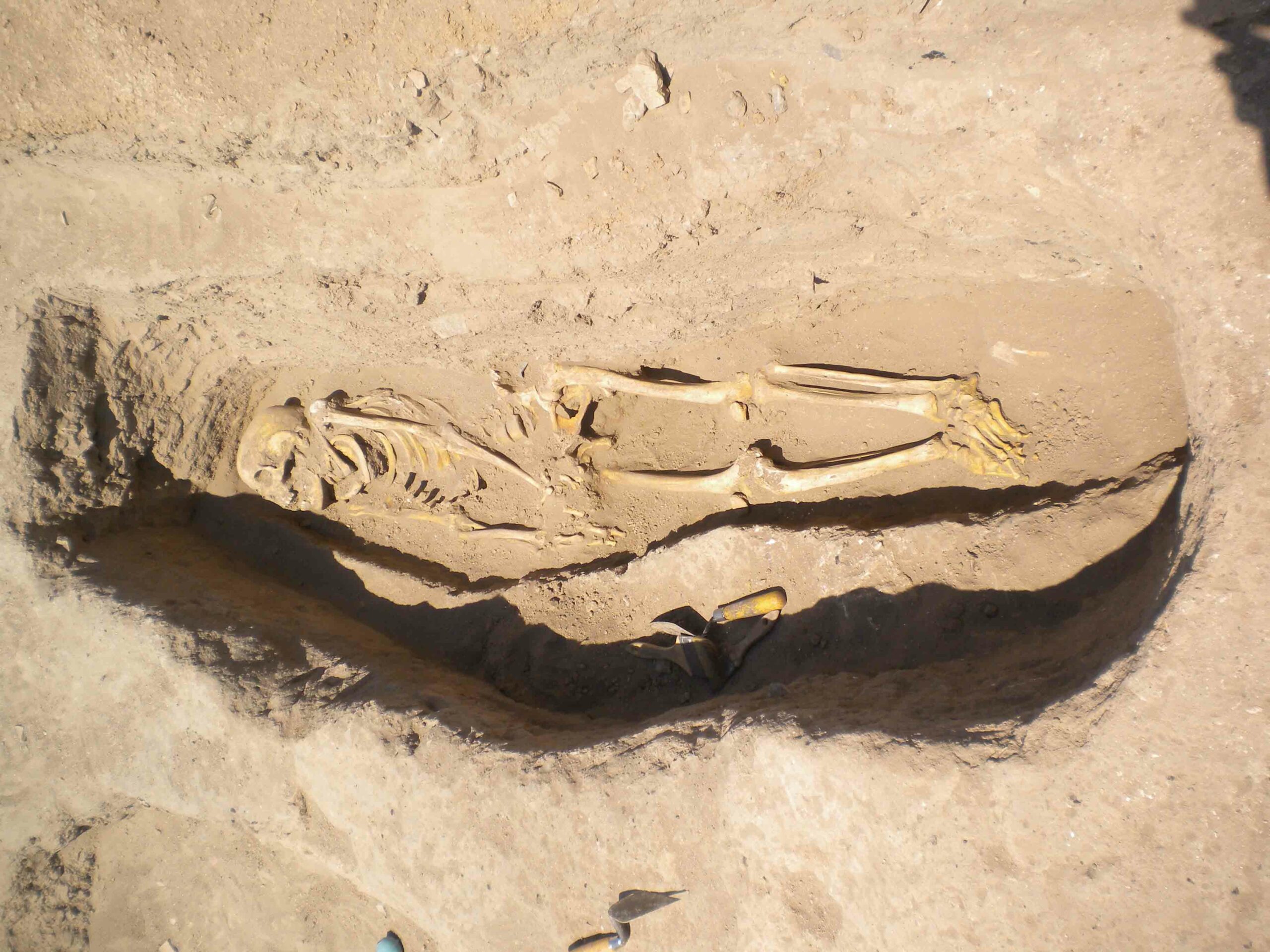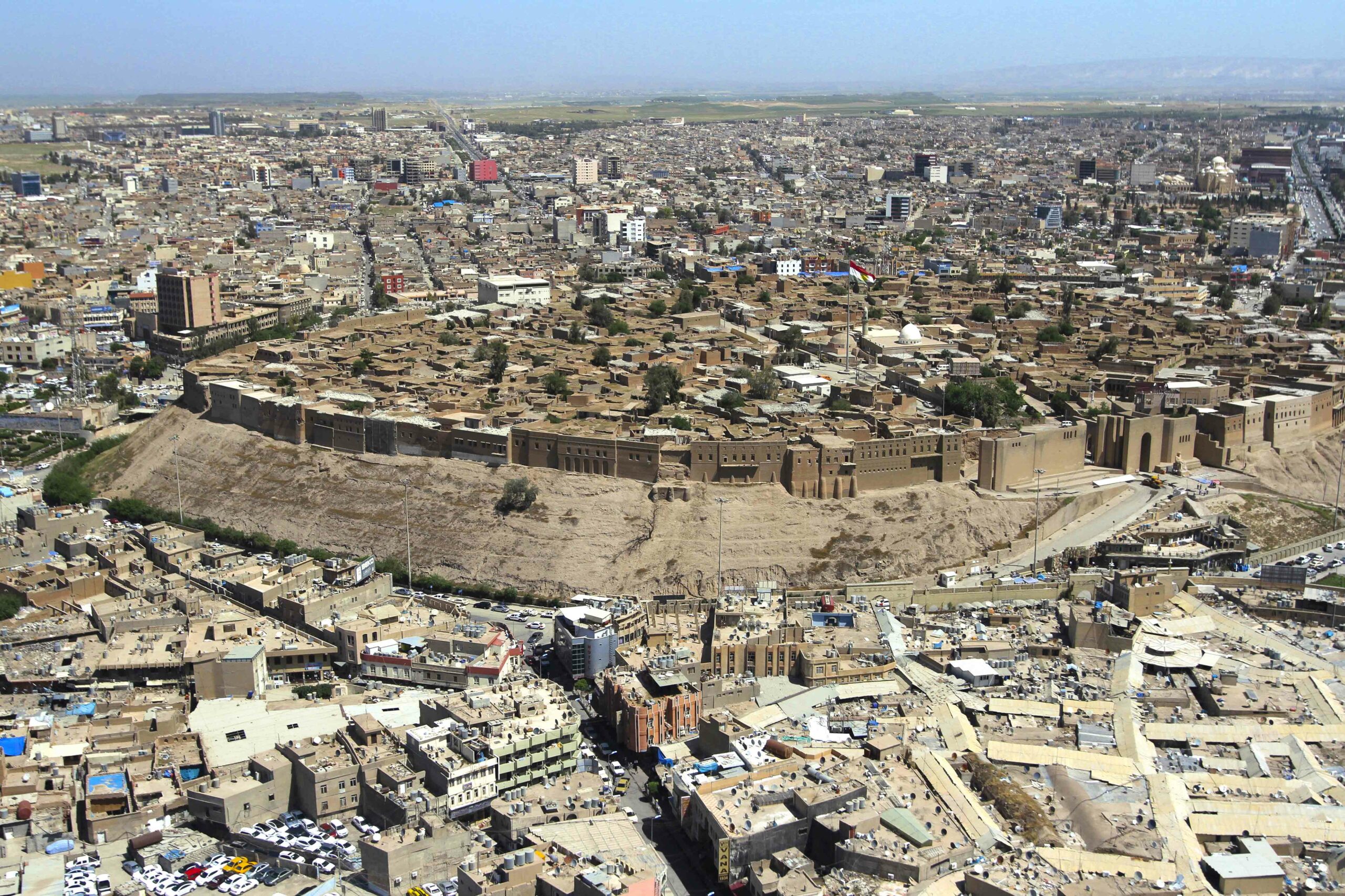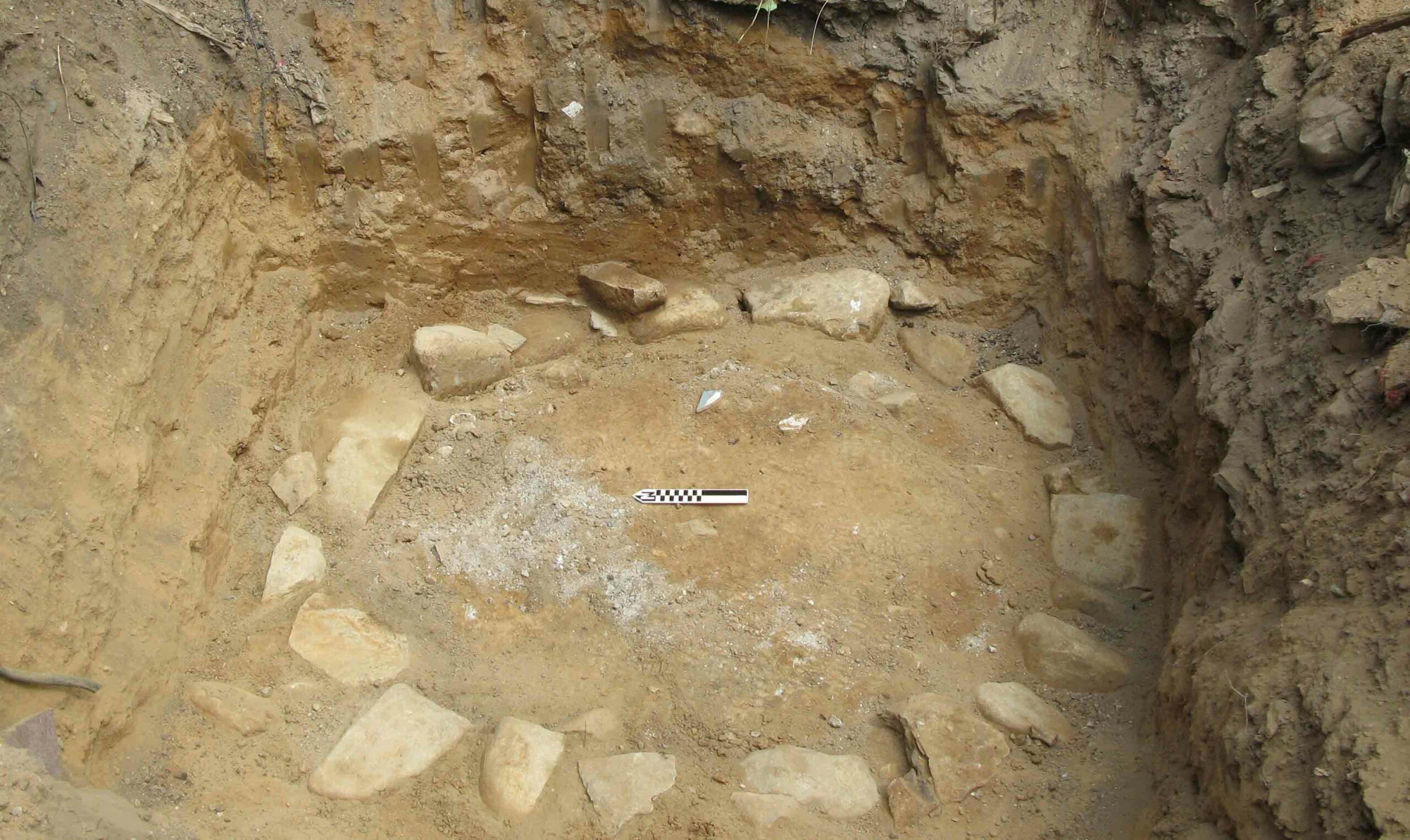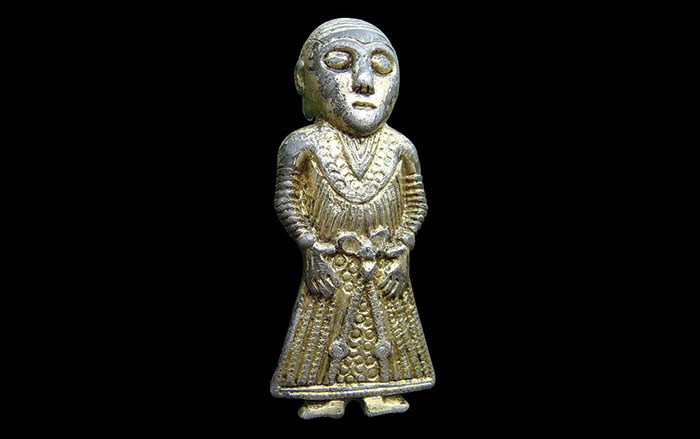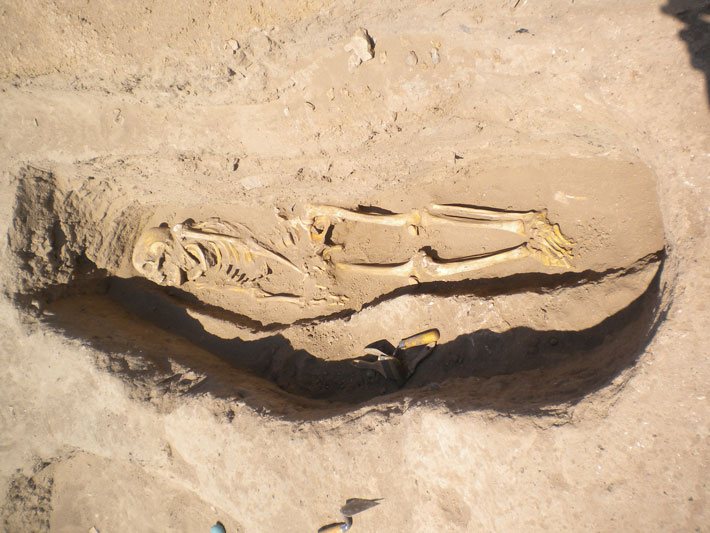
Schistosomiasis, a disease caused by parasitic flatworms, today infects some 250 million people worldwide, causing severe pain, anemia, and even death. Recent analysis of human skeletal remains from Tell Zeidan in northern Syria has revealed that these parasites have plagued humankind for thousands of years—enabled by the same human innovations that made the area habitable for large numbers of people. Soil from a burial there, dating to more than 6,000 years ago, contained the remains of a schistosome egg, the oldest known evidence of the disease by 1,000 years. Humans can contract the disease by wading in freshwater, where the snails that host the parasites live. People at Tell Zeidan farmed wheat and barley, which would not have been possible in the arid region without irrigation systems. It is these freshwater systems that the researchers believe allowed schistosomiasis to spread. “This discovery might be among the oldest evidence of man-made technology inadvertently causing disease outbreaks,” says study coauthor Piers Mitchell of the University of Cambridge.


